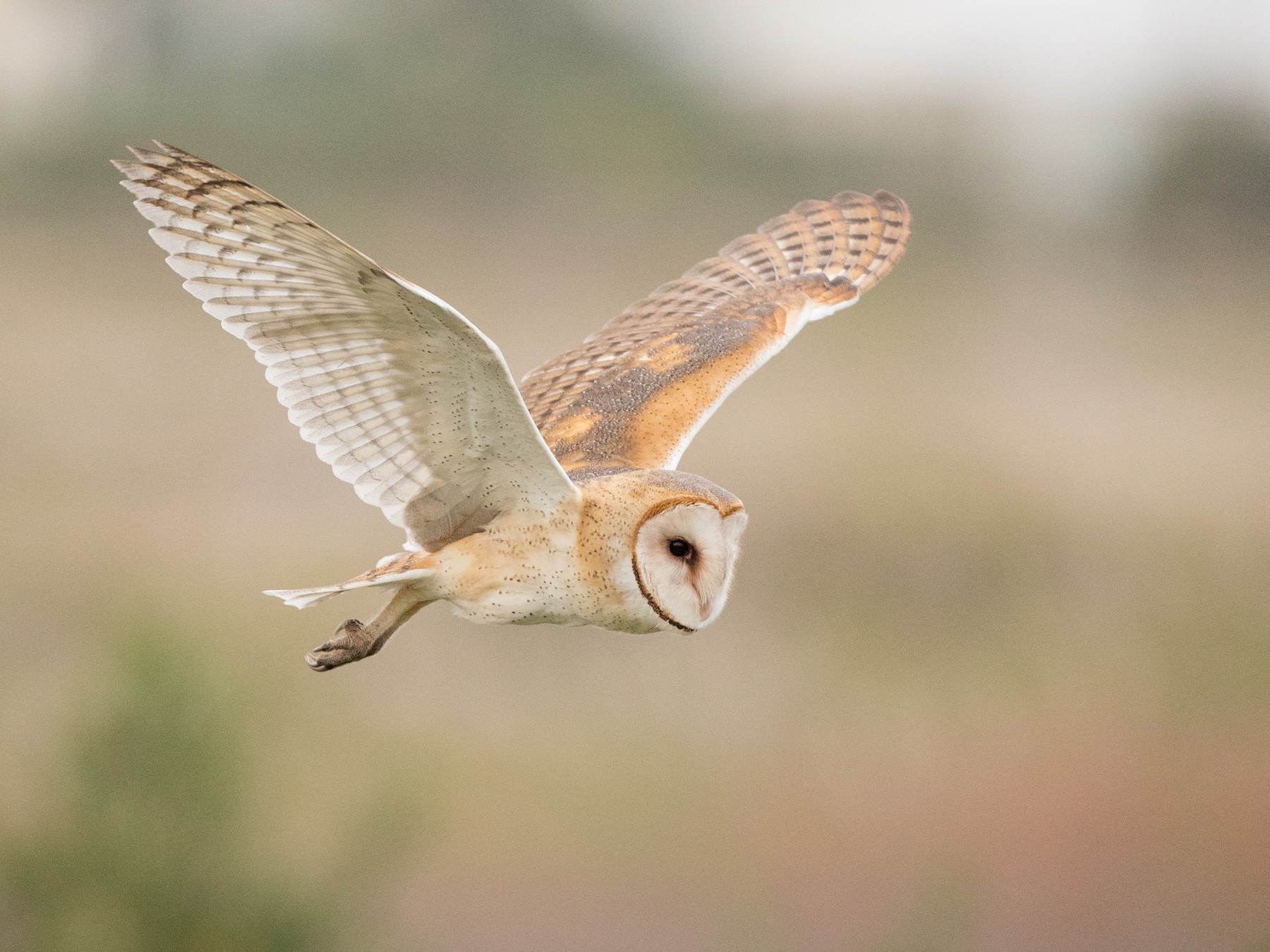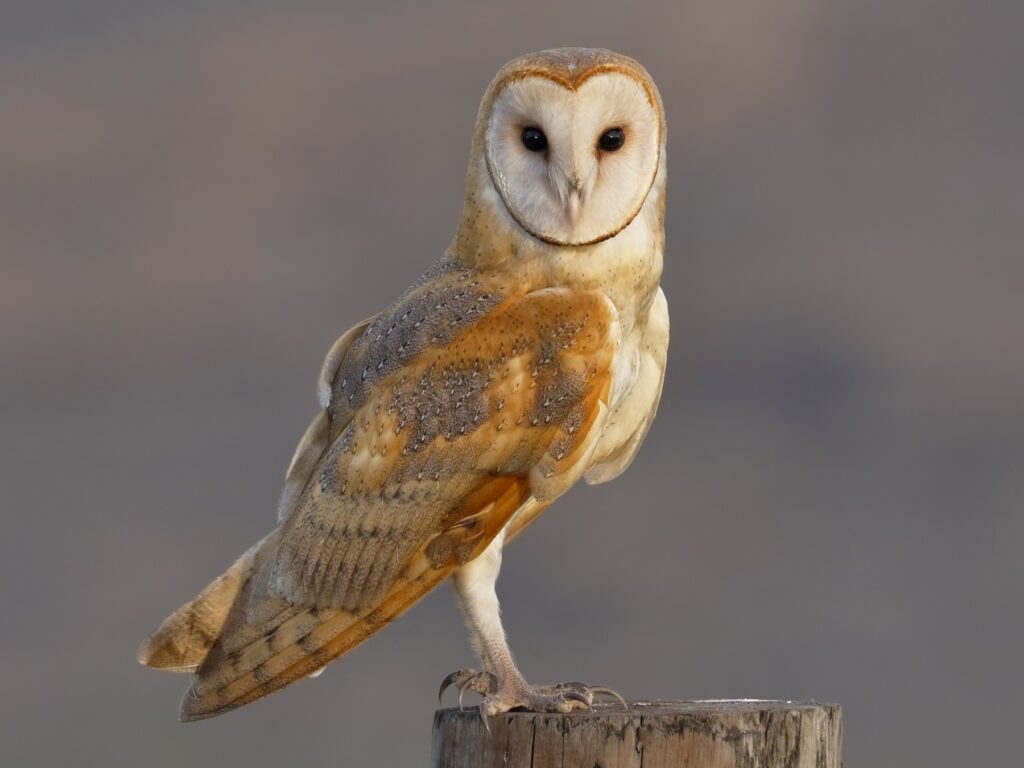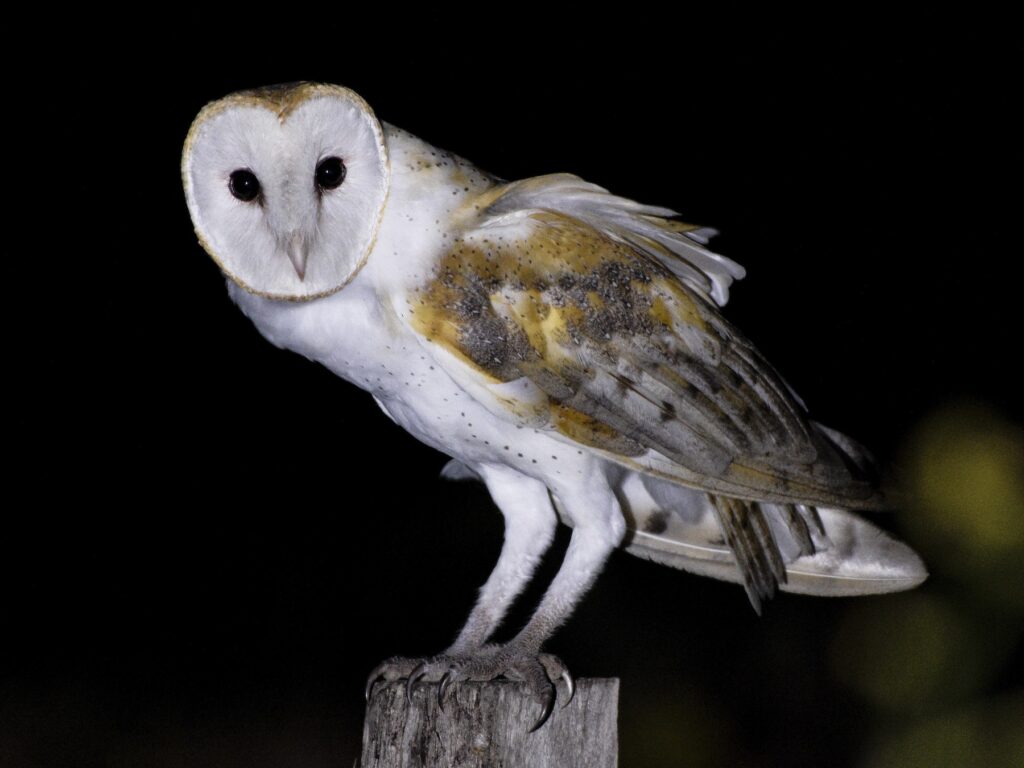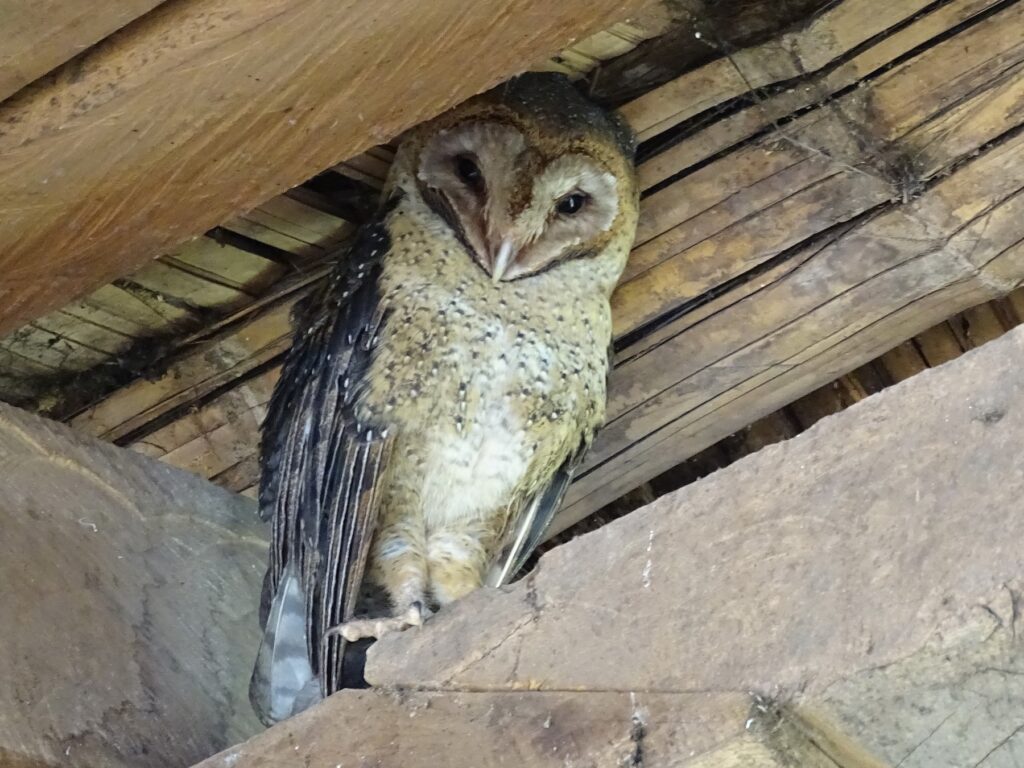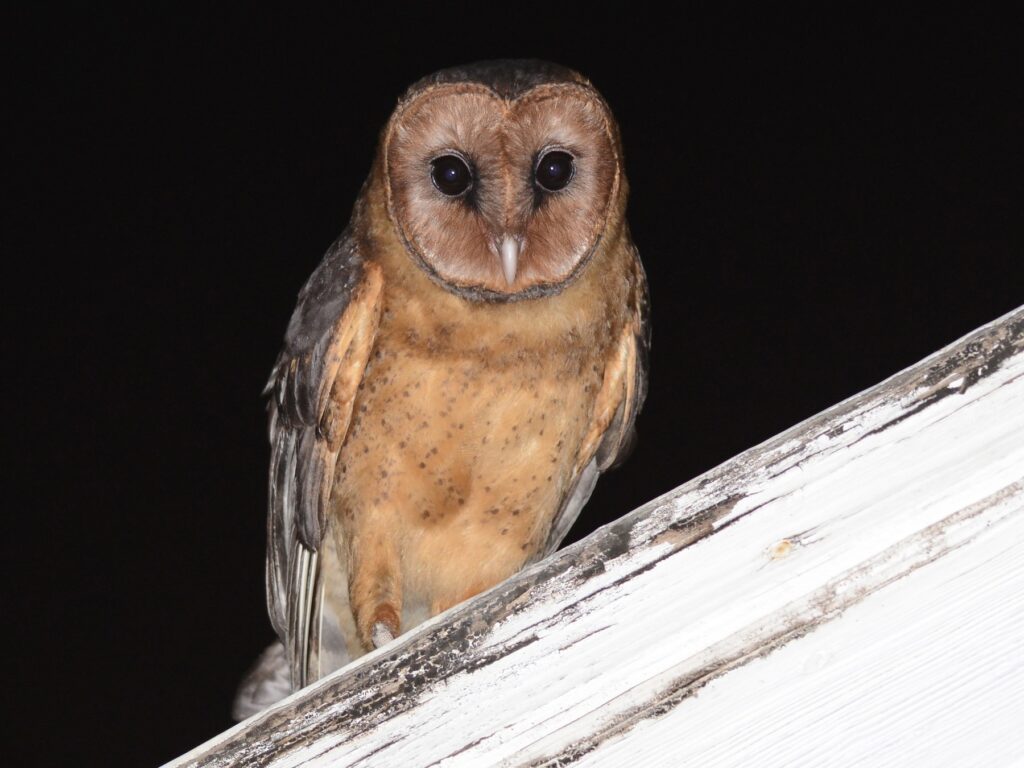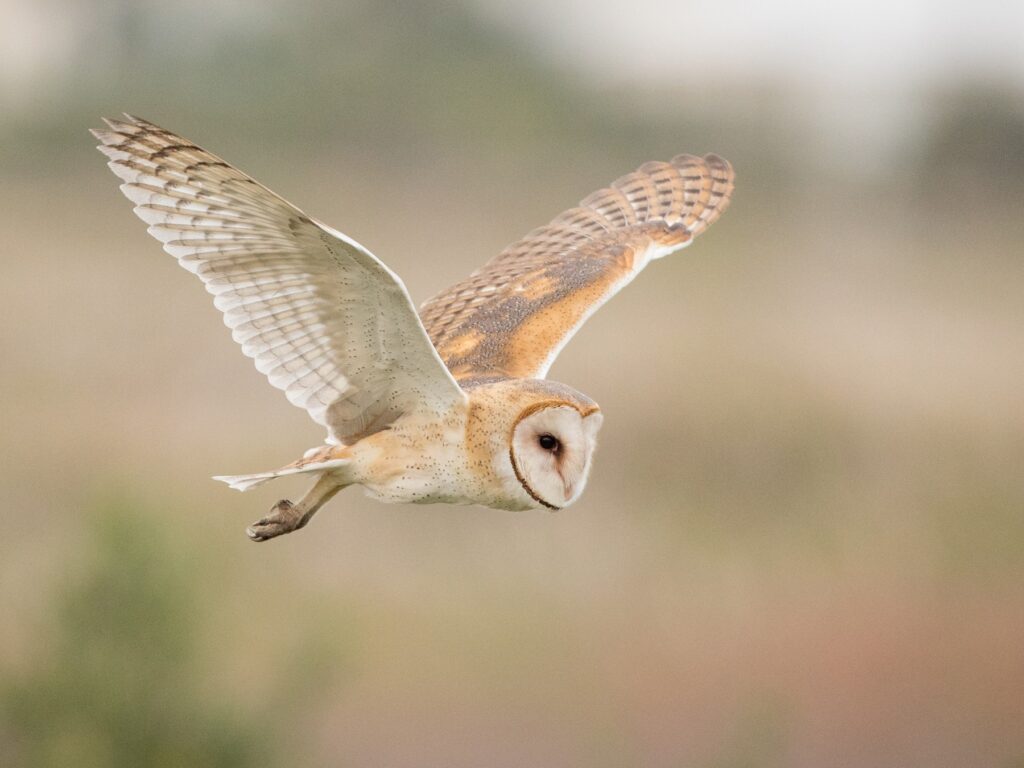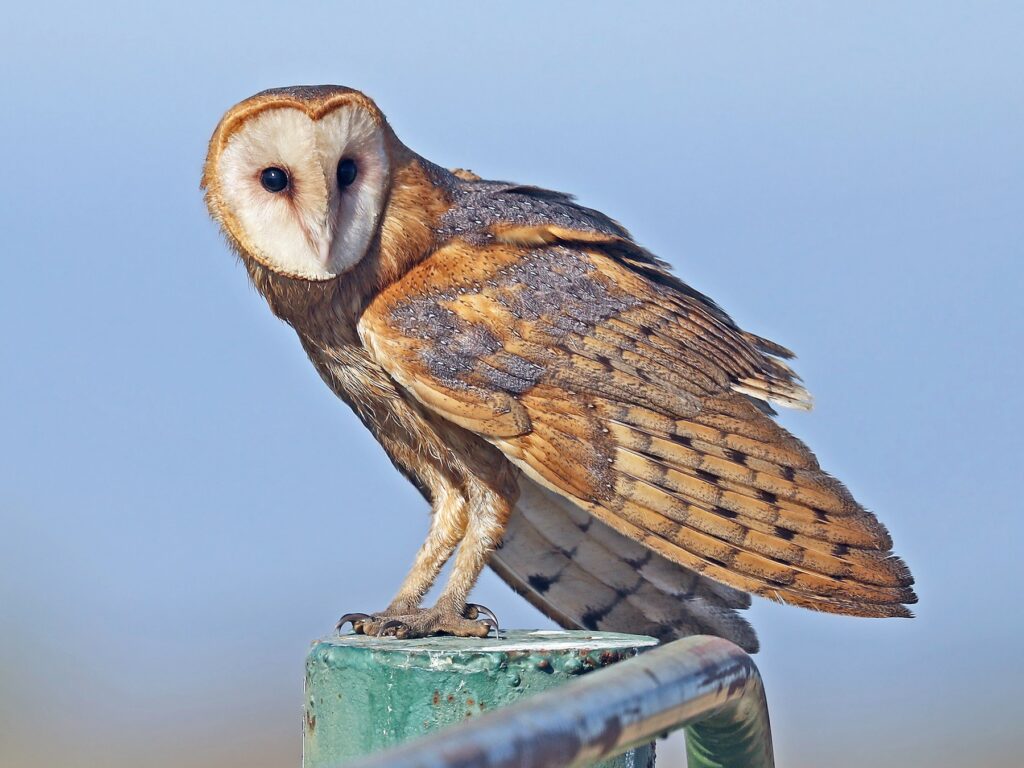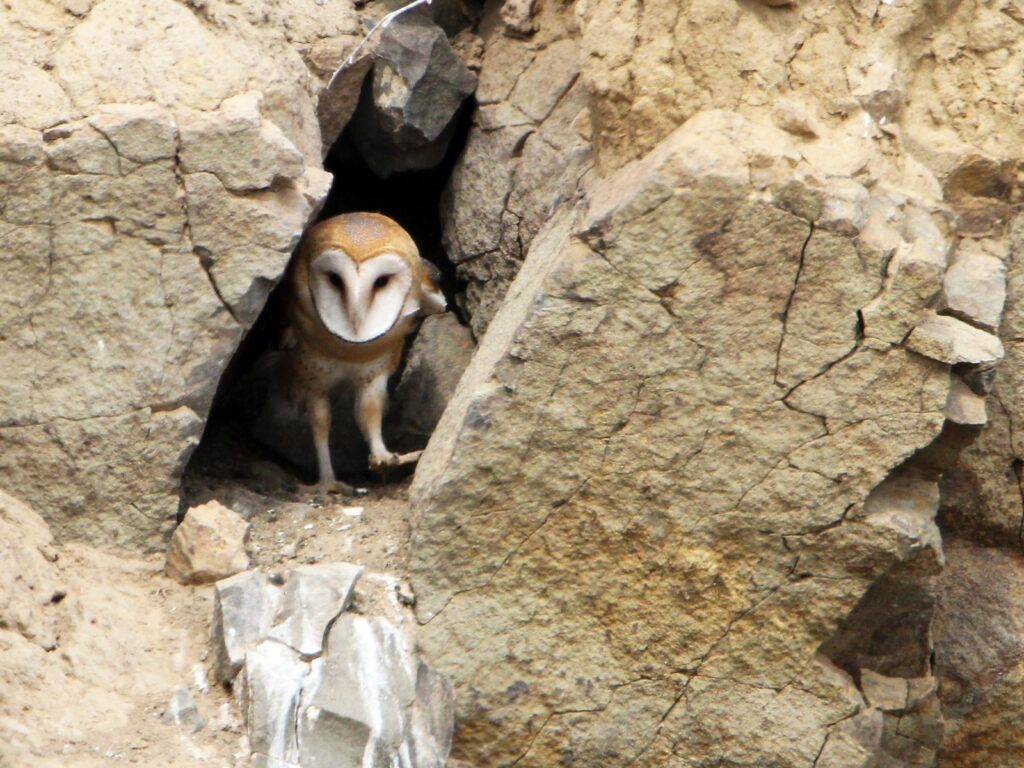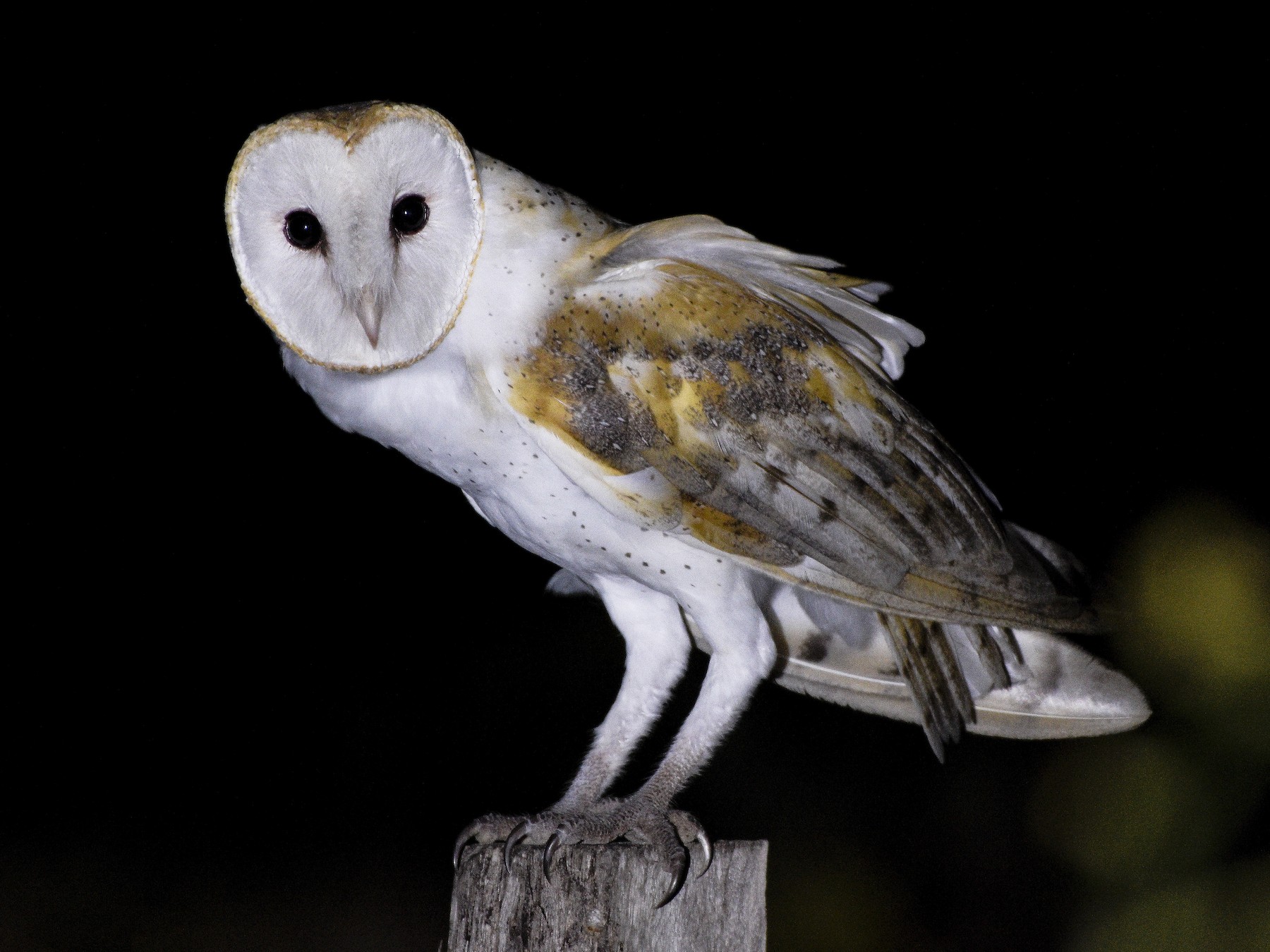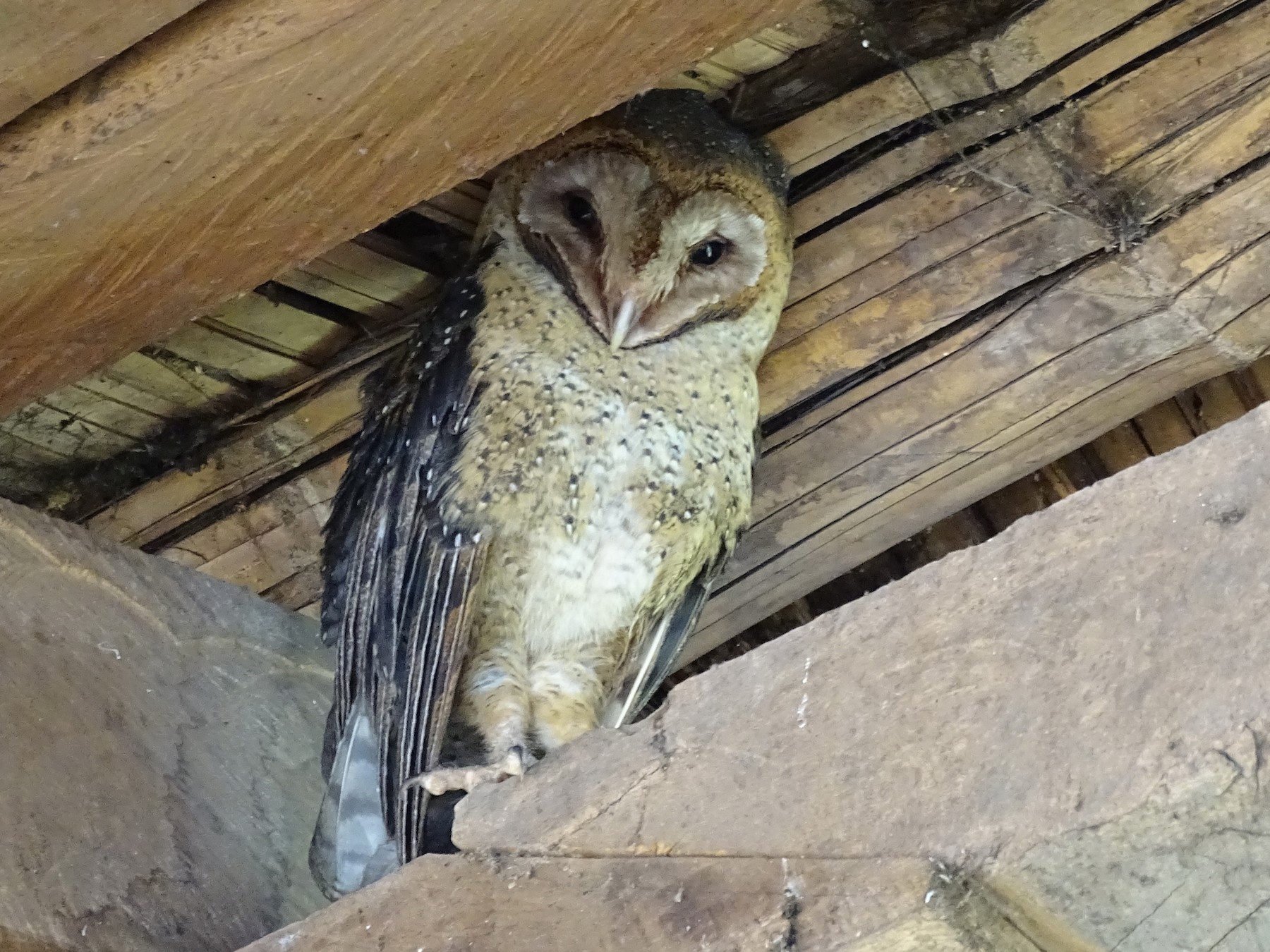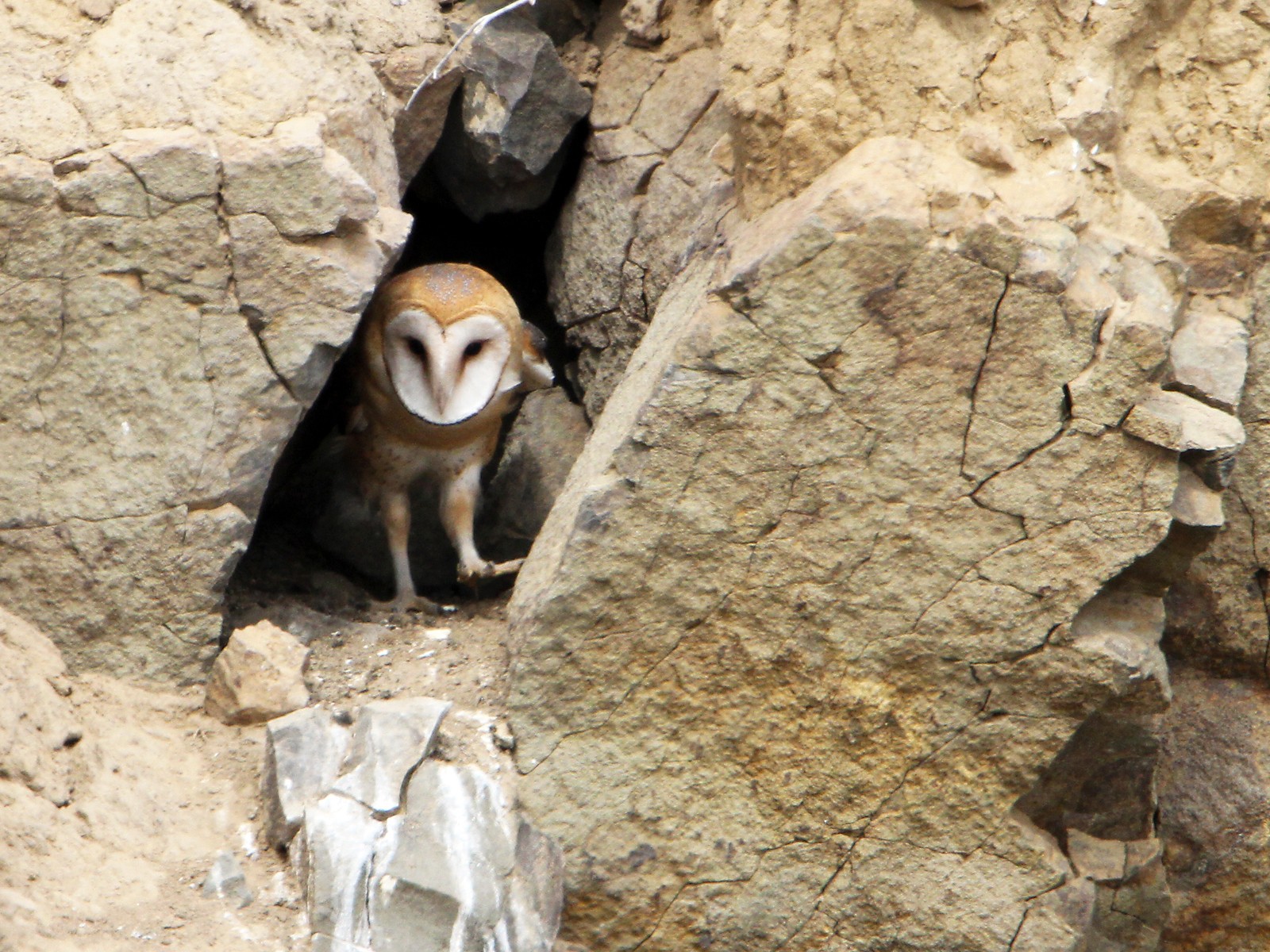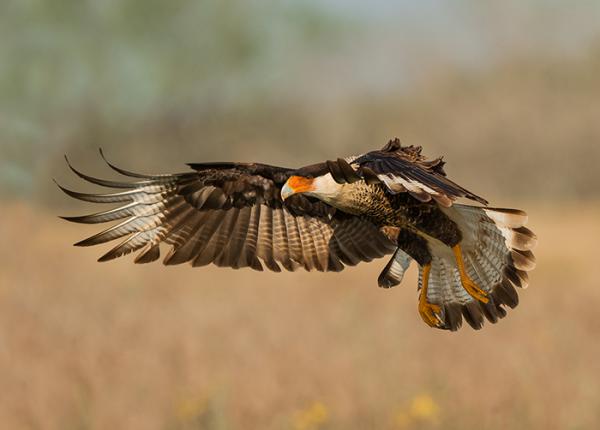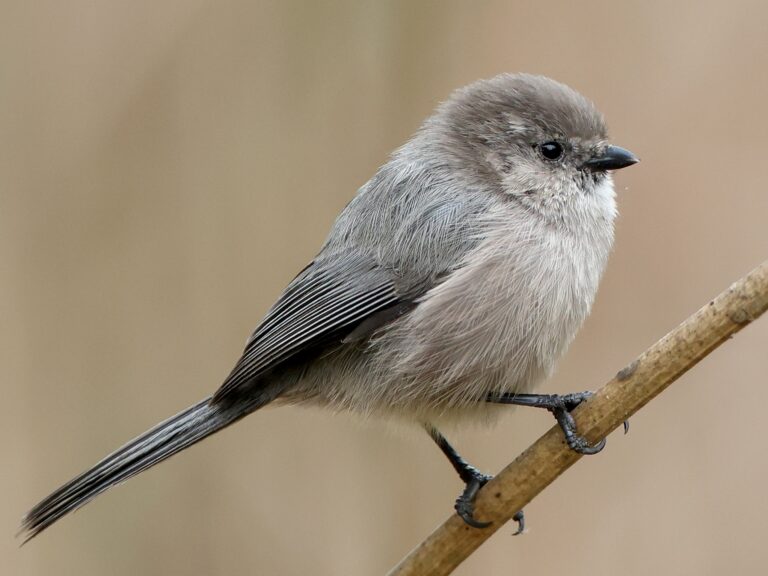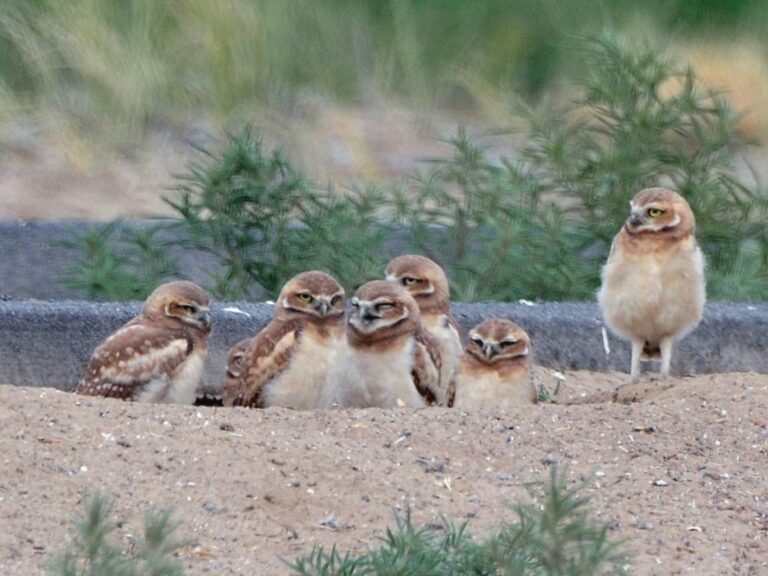American Barn Owl: Master of the Night Skies and Ecosystem Essential
The American Barn Owl, known scientifically as Tyto furcata, is a fascinating bird that captures the imagination of nature lovers and birdwatchers alike. This owl is recognized for its heart-shaped face, muted plumage, and excellent hunting skills, which make it a skilled predator of small mammals. Found in diverse habitats across North America, the American Barn Owl is not only important for its ecological role but also has intriguing behaviors and a unique life cycle that merit exploration.
These owls are nocturnal hunters, primarily feeding on rodents, and their ability to locate prey in complete darkness is remarkable. With their acute hearing and silent flight, they exemplify the efficiency of nature’s designs. Understanding their habitat preferences and challenges can help shed light on their conservation status and the efforts needed to protect them.
For those curious about these remarkable birds, learning about the American Barn Owl reveals much about biodiversity and the interconnectedness of ecosystems. They are more than just beautiful creatures; they are vital components of their environments, contributing to ecological balance in ways that are often overlooked.
Key Takeaways
- The American Barn Owl is recognized for its distinctive heart-shaped face and effective hunting techniques.
- It plays a critical role in controlling rodent populations across its habitats.
- Conservation efforts are essential to protect this species from habitat loss and other threats.
Identification and Description
The American Barn Owl is a striking bird known for its unique physical traits and distinct scientific classification. Its appearance and characteristics make it stand out among other owl species.
Physical Characteristics
The American Barn Owl, scientifically named Tyto alba, has several notable features. One of its most recognizable traits is its heart-shaped face, which aids in sound localization. This face structure helps the owl hear and locate prey effectively.
The plumage is mainly a combination of pale, buff, and white with speckles of brown or gray, providing excellent camouflage. Adult Barn Owls typically have a wingspan ranging from 28 to 43 inches. This large wingspan allows for silent flight, crucial for hunting.
Eyes are dark and forward-facing, enhancing their depth perception. Their legs are featherless, which helps them grasp slippery prey. With a body length of about 12 to 15 inches, Barn Owls exhibit a unique elegance in flight.
Scientific Classification
In terms of scientific classification, the American Barn Owl belongs to the family Tytonidae. It is classified under the genus Tyto.
Within Tyto alba, there are several subspecies, which vary slightly in size and coloration depending on their geographic location. Each subspecies adapts to its environment, showcasing the owl’s versatility.
The taxonomy of this species highlights its evolutionary traits, including adaptations for hunting nocturnally. Proper identification requires knowledge of these classifications and physical traits, contributing to effective conservation efforts.
Habitat and Distribution
The American Barn Owl thrives in diverse environments across North America. Its habitat and distribution are crucial for its survival. Understanding these factors helps in wildlife management and conservation efforts.
Range Across North America
The American Barn Owl is commonly found throughout much of the United States and into southern Canada. Its range extends across various states, adapting to different local conditions.
Barn Owls prefer habitats such as grasslands, farmlands, and open fields. These areas provide ample opportunities for hunting. They can also adapt to suburban settings, where they find food and nesting sites. The bird is known for its absence of significant biogeographic barriers in its distribution, making it a widespread species.
Nesting Habitat
Nesting habitats for Barn Owls are critical for breeding success. They typically choose sites that offer shelter and safety from predators. Common nesting locations include abandoned buildings, tree cavities, and cliff ledges.
Preferred nesting spots are often near open fields where they can hunt easily. While suitable nesting habitat can be limited, Barn Owls can adapt to use different structures for nesting if their preferred options are unavailable. In some regions, the availability of nesting sites can impact local population densities significantly.
Diet and Hunting Behavior
The American Barn Owl has a specialized diet and unique hunting behaviors that make it an effective predator. It primarily targets small mammals, particularly nocturnal creatures like voles. Their hunting techniques and feeding habits further detail their adaptations as efficient hunters.
Prey
The main prey of the Barn Owl consists of small mammals. Voles are among the most common, followed by mice and shrews. These rodents provide the necessary nutrition for the owl, especially during breeding seasons when energy demands increase.
Barn Owls are also known to consume birds and certain insects. However, small mammals dominate their diet, accounting for up to 90% of their intake in some regions. This reliance on specific prey highlights their role in controlling rodent populations.
Hunting Techniques
Barn Owls are nocturnal hunters, adept at locating prey in low light conditions. They possess excellent hearing, which helps them detect the faintest sounds made by their prey. Their asymmetrical ear placement allows for precise sound localization, crucial for hunting in darkness.
When hunting, a Barn Owl prefers to fly low over the ground, using its keen eyesight and hearing to spot hidden animals. They can hover silently, which increases their chances of catching prey unaware. This stealthy approach, combined with their sharp talons, makes them formidable hunters.
Feeding Habits
Barn Owls typically swallow their prey whole. After consuming, they regurgitate indigestible parts, such as bones and fur, in the form of pellets. This behavior provides valuable information on their diet and local ecosystem.
Feeding usually occurs at night, with Barn Owls often patrolling their hunting grounds. They adapt to various environments, including agricultural areas where farmers encourage their presence for natural pest control. This not only benefits the owls but also aids in managing rodent populations effectively.
Reproduction and Life Cycle
The American Barn Owl has unique reproductive traits that ensure its survival. Understanding its breeding season, nesting behavior, and lifespan gives insight into how this species thrives in various environments.
Breeding Season
The breeding season for American Barn Owls typically begins in late winter to early spring. Regional variations can affect the exact timing, depending on climate and food availability. In some areas, pairs may start nesting as early as January.
Mating pairs often remain together for several years. They may perform courtship displays that include mutual preening and vocalizations. These signals strengthen their bond and lead to successful reproduction.
Nesting and Incubation
Barn Owls prefer nesting in cavities. They utilize tree hollows, old buildings, and even agricultural structures. A typical clutch ranges from 2 to 18 eggs, with an average of about 4 to 6.
The female incubates the eggs for about 30 to 34 days. During this time, the male provides food. After hatching, the chicks are altricial, meaning they are blind and reliant on their parents for food and warmth.
The young owls fledge at around 8 to 10 weeks but may stay dependent on their parents for several more weeks.
Lifespan
The lifespan of the American Barn Owl averages between 4 to 5 years in the wild. Factors like food availability, predators, and disease influence their longevity.
In optimal conditions, some individuals may live up to 10 years. Captive barn owls typically live longer due to lack of predation and consistent food supply.
Understanding these factors is essential for conservation efforts aimed at preserving their habitats and ensuring the success of their populations.
Conservation Status
The conservation status of the American Barn Owl has become a point of concern due to various threats impacting its population. Understanding these threats and the efforts being made to protect this species is crucial for its survival.
Threats to the American Barn Owl
American Barn Owls face several significant threats that contribute to their population decline. Habitat loss is primary, often due to agricultural expansion and urban development. As their natural habitats disappear, these owls struggle to find suitable places for nesting and hunting.
Additionally, road mortality poses a serious risk. Barn Owls frequently hunt near roads, which can lead to fatal accidents. Pesticides also impact their populations by reducing the availability of prey and directly harming individual birds.
Furthermore, the American Barn Owl is classified as “Least Concern” by the IUCN, but local populations can be threatened and may require conservation attention. Understanding these factors is vital for implementing effective protection strategies.
Conservation Efforts
Various conservation efforts are in place to help the American Barn Owl thrive. Organizations focus on habitat restoration, creating safe nesting sites, and increasing public awareness about the species.
One effective method is installing nest boxes in suitable areas. These structures provide reliable nesting locations while helping to boost local populations. Education campaigns raise awareness about the ecological benefits of maintaining healthy Barn Owl populations.
Conservationists also work on monitoring programs, tracking populations to assess trends and threats. Collaboration with farmers can reduce pesticide use, creating safer hunting grounds.
Such efforts contribute to maintaining the balance between agricultural practices and wildlife conservation, ensuring a better future for the American Barn Owl.
Frequently Asked Questions
This section addresses common inquiries about the American Barn Owl, including its physical characteristics, diet, vocalizations, habitats, size comparisons, and its role in pest control.
What is the wingspan of the American Barn Owl?
The wingspan of the American Barn Owl typically ranges from 28 to 36 inches. This wide wingspan allows the owl to glide silently through the air while hunting.
What do American Barn Owls typically eat?
American Barn Owls primarily feed on small mammals like mice, voles, and rats. They may also consume birds and insects when small mammals are scarce.
Can you describe the call of the American Barn Owl?
The call of the American Barn Owl is a distinctive, eerie scream. It is a sharp, high-pitched sound that can be heard at night, often described as a “hiss” or a “shriek.”
In which habitats can American Barn Owls be found?
American Barn Owls are commonly found in open fields, grasslands, and agricultural areas. They often nest in old barns, tree cavities, or cliffs, providing them with shelter.
How does the size and weight of the American Barn Owl compare to other owl species?
The American Barn Owl is medium-sized, averaging about 1.5 to 2 pounds in weight and 12 to 20 inches in height. This makes it smaller than species like the Great Horned Owl but larger than many smaller owls.
Are American Barn Owls considered beneficial for pest control?
Yes, American Barn Owls are considered beneficial for pest control. They help to reduce rodent populations, making them valuable allies for farmers and landowners.
